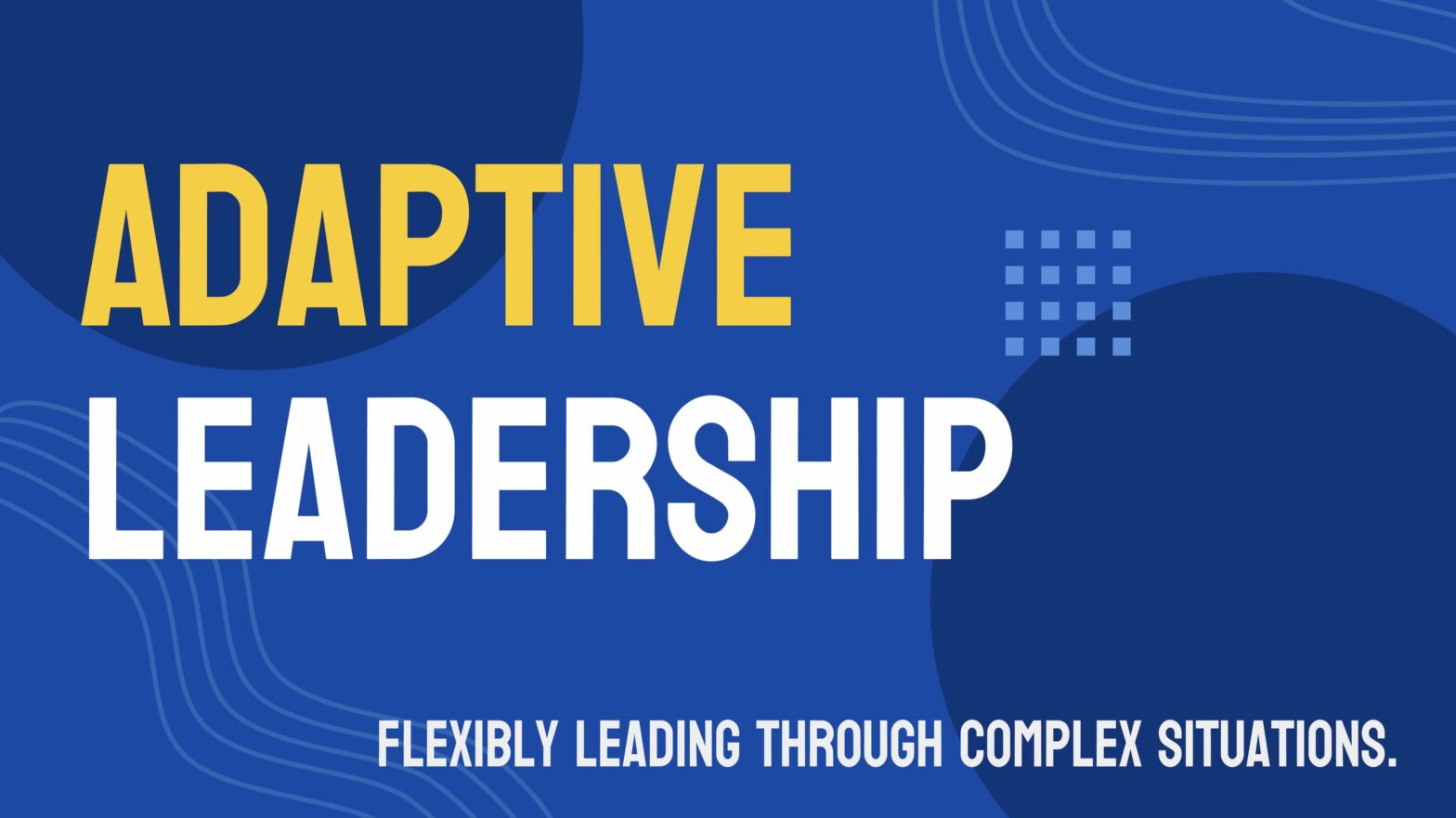Traditional leadership models are no longer sufficient in today’s volatile, uncertain, complex, and ambiguous (VUCA) business landscape. Adapting, innovating, and leading effectively through change have become essential for organisational success. This is where adaptive leadership comes into play. Adaptive leadership is not just a skill—it’s a mindset, a way of thinking and acting that enables leaders to navigate challenges and seize opportunities in a rapidly changing world.

Why Adaptive Leadership Matters
Adaptive leadership is more than just reacting to change; it’s about proactively shaping the future. Leaders must be agile and resilient in a fast-paced business environment where new technologies emerge, market dynamics shift, and customer preferences evolve. Adaptive leaders anticipate change, embrace uncertainty, and empower their teams to adapt and thrive.
Cultivating Resilience
Resilience is the cornerstone of adaptive leadership. Resilient leaders bounce back from setbacks, learn from failures, and remain steadfast in adversity. Here are some strategies to cultivate resilience:
1. Embrace Failure as a Learning Opportunity: Encourage a culture where failure is a stepping stone to success. Celebrate learnings from failures and use them to fuel innovation.
2. Practice Self-Care: Your well-being is crucial as a leader: Prioritise sleep, exercise, and mindfulness to recharge and maintain mental clarity.
3. Build a Supportive Network: Surround yourself with mentors, peers, and team members who can offer guidance, support, and perspective during challenging times.

Embracing Change
Change is inevitable, but how you respond to it makes all the difference. Adaptive leaders embrace change as an opportunity for growth and innovation. Here’s how you can embrace change effectively:
1. Stay Informed: Keep abreast of industry trends, market shifts, and technological advancements. Continuous learning and curiosity are crucial to staying ahead of the curve.
2. Encourage Open Communication: Foster a culture of open communication where team members feel comfortable sharing ideas, concerns, and feedback. Collaboration often leads to innovative solutions.
3. Be Flexible and Agile: Be willing to pivot when necessary. Adapt your strategies and approaches based on new information, feedback, and changing circumstances.
Leading Your Team to New Heights
Adaptive leaders inspire and empower their teams to reach new heights. Here are some strategies to lead your team effectively:
1. Set Clear Vision and Goals: Clearly articulate the organisation’s vision, mission, and goals. Ensure alignment and clarity to guide your team towards success.
2. Empower Your Team: Trust your team members’ expertise and empower them to make decisions, take ownership, and contribute to the organisation’s success.
3. Celebrate Wins and Milestones: Recognise and celebrate big and small achievements. Celebrating wins boosts morale, fosters a positive culture, and motivates team members to strive for excellence.
Adaptive leadership is the key to thriving in a rapidly changing world. By cultivating resilience, embracing change, and leading your team effectively, you can navigate challenges, seize opportunities, and achieve sustainable success. As a leader, embrace the power of adaptive leadership and empower your team to adapt, innovate, and lead confidently in an ever-evolving business landscape.
Contact us today to embark on this transformative journey together.
If you enjoyed this, you might like to subscribe to our newsletter or visit our YouTube Channel or Podcast.


Very informative and interesting 🤨
Thank you Prof.Johnson we are so glad it was useful, and we appreciate you taking the time to feedback. Wishing you a lovely rest of week.